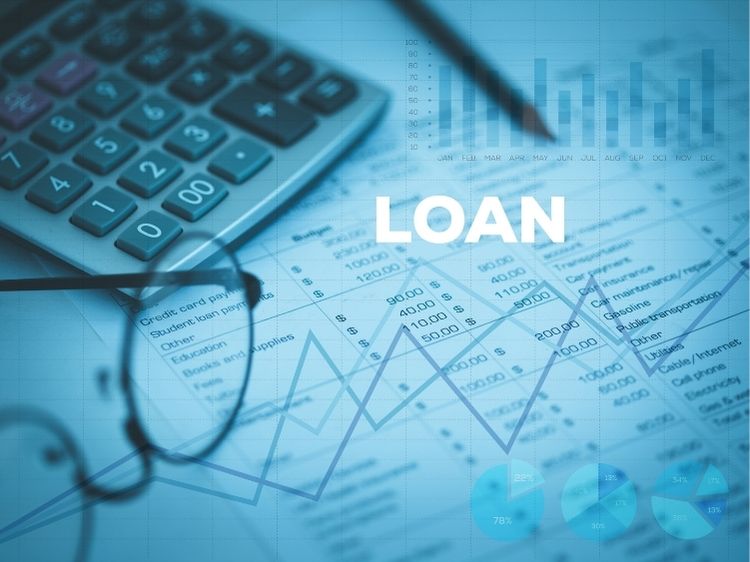Applying for a personal loan can be as daunting as a labyrinth, but it doesn’t have to be. With the right knowledge and preparation, you can navigate the process smoothly and secure the funds you need. This guide will walk you through the ins and outs of the personal loan application form, helping you understand every detail and requirement. By the end of this article, you’ll be equipped with the know-how to fill out your application with confidence and ease. Let’s dive right in, shall we?
Understanding Personal Loans
Before we delve into the nitty-gritty of the application form, let’s get a grasp of what personal loans are. Personal loans are unsecured loans provided by banks, credit unions, or online lenders that you can use for various purposes such as debt consolidation, home improvements, medical expenses, or even a dream vacation. Unlike mortgages or auto loans, personal loans are not tied to any specific asset, meaning you don’t need to put up collateral to secure the loan.
Key Features of Personal Loans
- Fixed Interest Rates: Most personal loans come with fixed interest rates, so your monthly payments remain consistent throughout the loan term.
- Flexible Use: You can use personal loans for virtually any purpose, unlike specific loans like mortgages or car loans.
- Varied Terms: Loan terms typically range from one to seven years, giving you the flexibility to choose a repayment period that suits your financial situation.
Preparing to Apply for a Personal Loan
Preparation is key to a successful loan application. Here are some steps to take before you fill out your personal loan application form:
- Check Your Credit Score: Your credit score is a major factor that lenders consider when approving your loan. A higher score can get you better interest rates and terms.
- Determine the Loan Amount: Be realistic about how much you need to borrow. Overestimating can lead to unnecessary debt, while underestimating might leave you short.
- Compare Lenders: Different lenders offer different rates and terms. Shop around to find the best deal.
- Gather Documentation: Lenders will require various documents such as proof of income, identification, and employment details. Having these ready can speed up the application process.
Filling Out the Personal Loan Application Form
Now, let’s break down the personal loan application form into digestible parts. Each lender’s form may vary slightly, but generally, they all require similar information.
Personal Information
This section is straightforward. You’ll need to provide basic personal details including:
- Full Name
- Date of Birth
- Social Security Number
- Contact Information (Address, Phone Number, Email)
Employment and Income Information
Lenders want to know about your employment status and income to assess your ability to repay the loan. Be prepared to provide:
- Employer’s Name and Address
- Job Title
- Length of Employment
- Monthly or Annual Income
- Additional Income Sources (if any)
Loan Details
Here, you’ll specify the loan amount you’re requesting and the purpose of the loan. This helps the lender understand your financial needs and how you plan to use the funds.
- Loan Amount
- Loan Purpose (e.g., debt consolidation, home improvement)
Financial Information
Lenders will also look at your current financial situation. This section may include details about your:
- Bank Accounts
- Existing Debts
- Monthly Expenses
References and Co-applicants
Some lenders may ask for personal references or information about a co-applicant if you’re applying jointly. This can help strengthen your application, especially if the co-applicant has a strong credit history.
- Reference Names and Contact Information
- Co-applicant’s Personal and Financial Information
Tips for a Successful Loan Application
- Be Honest and Accurate: Ensure all information provided is truthful and accurate. Inconsistencies can lead to delays or rejection.
- Maintain a Good Credit Score: Pay your bills on time, reduce outstanding debt, and avoid new credit inquiries before applying.
- Provide Complete Documentation: Submit all required documents promptly to avoid processing delays.
Common Mistakes to Avoid
- Overestimating Your Income: Exaggerating your income can lead to a loan amount you can’t afford to repay.
- Ignoring Fees and Charges: Be aware of all fees associated with the loan, such as origination fees, prepayment penalties, and late fees.
- Not Reading the Fine Print: Carefully review the terms and conditions to avoid surprises later.
Frequently Asked Questions
What credit score do I need to get a personal loan?
While there’s no universal credit score requirement, most lenders prefer a score of at least 650. However, higher scores often qualify for better rates and terms.
How long does it take to get approved for a personal loan?
Approval times vary by lender. Some online lenders can approve loans within a day, while traditional banks may take several days to a week.
Can I get a personal loan with bad credit?
Yes, but it may come with higher interest rates and stricter terms. Some lenders specialize in loans for those with poor credit.
What happens if I miss a loan payment?
Missing a payment can result in late fees, increased interest rates, and a negative impact on your credit score. It’s crucial to communicate with your lender if you anticipate payment issues.
Summary
Applying for a personal loan doesn’t have to be a Herculean task. By understanding the application process and preparing in advance, you can improve your chances of approval and secure the funds you need. Remember to check your credit score, gather necessary documents, and provide accurate information on your application form. Avoid common mistakes and be aware of all associated fees. With these tips in hand, you’ll be well on your way to financial flexibility.
For more information, check out these authoritative links:


